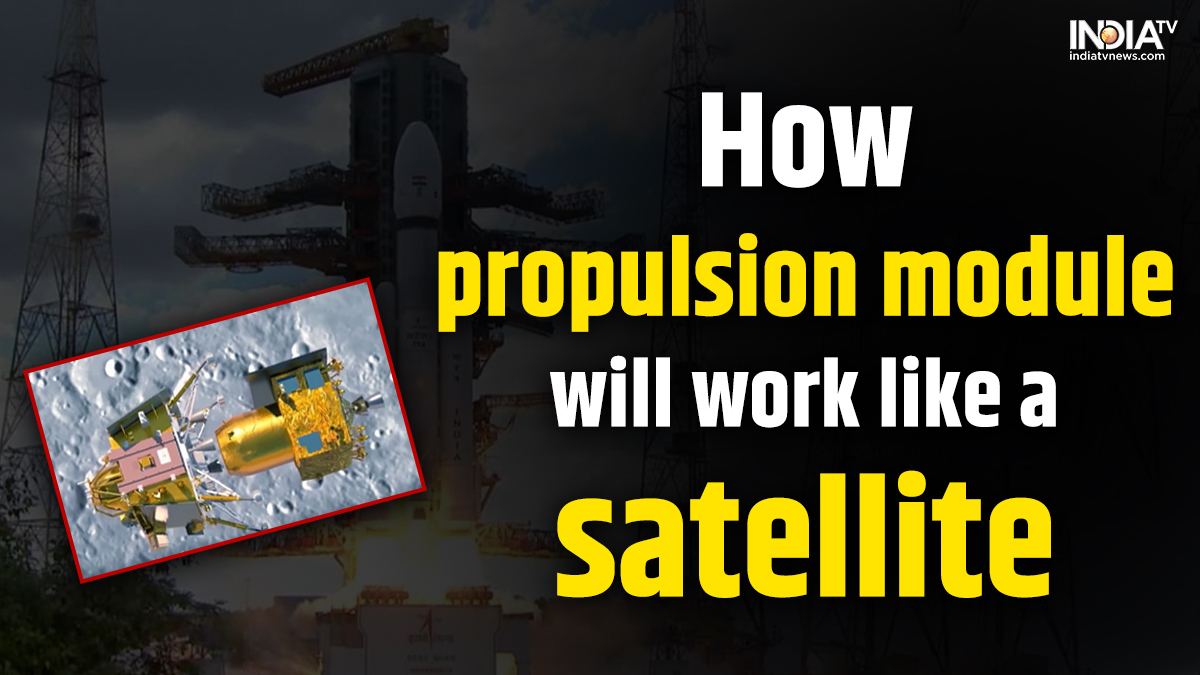Chandrayaan-3: Thursday (August 17) is a very important day for ISRO's Chandrayaan-3 mission. The Vikram lander will be separated from the propulsion module. After the separation from the propulsion module, Vikram will complete its remaining journey alone. With the help of the propulsion module, Vikram will reach the lunar orbit with the lander rover. After this both will leave each other's surface and Vikram will head towards the moon.
What is propulsion module's role?
Now the question must be arising in your mind what is this propulsion module? How will it work after the separation of the lander? When the lander starts its work on the moon, the module will take the form of a relay satellite and will play a very important role for the Chandrayaan-3 mission. There are seven payloads on lander, which have different functions. Whatever signals these payloads send will be received by this relay satellite. This relay satellite will decode those signals and send them to ISRO's control room. If put in simple words, from today the propulsion module will act as a bridge between lander and ISRO. In this context, the role of the propulsion module will become even more important.
India TV spoke to an ISRO scientist who was playing an important role in the Chandrayaan-3 mission to understand the functionality of propulsion and the lander. During the conversation, the scientist said, "At present, there is a lander with a propulsion module in space. Both of them are near the lunar orbit and this afternoon the module will separate the lander and send it to the lunar orbit. From here the lander itself will travel to the lunar surface and if all goes well, it will land on the south pole of the moon on August 23. During this, the propulsion module will continue to revolve around the same place from where it had released the lander.

What is Chandrayaan-3 mission?
Chandrayaan-3 is a follow-on mission to Chandrayaan-2 (2019) to demonstrate end-to-end capability in safe landing and roving on the Moon's surface. It comprises an indigenous propulsion module, lander module, and a rover with the objective of developing and demonstrating new technologies required for inter-planetary missions. The propulsion module, other than carrying the lander and rover configuration till about 100 km lunar orbit, carries the Spectro-polarimetry of Habitable Planet Earth (SHAPE) payload to study spectral and polarimetric measurements of the Earth from lunar orbit. The mission objectives of Chandrayaan-3 are to demonstrate a safe and soft landing on the lunar surface, to demonstrate the rover operating on the Moon, and to conduct in-situ scientific experiments.
